Exhibition celebrates special concept cars that introduced stunning design and amazing innovation.
Anybody who doubts cars are art has only to look at motor show concepts to realise the error of their ways. The show concept is where the designers -- and often the tech departments -- get full reign to express the future of cars from their own often highly individual visions.
The Museum of High Art in Atlanta -- capital of the US state of Georgia -- has saluted this fact with an exhibition that showcases some of the most groundbreaking concept cars over the past 80 or so years. And in case you're not planning to visit the city during the exhibition, Carsguide is bringing you the highlights.
1947 Norman Timbs Special
Designed by mechanical engineer Norman Timbs, the Special scored a Motor Trend Cover in 1949 as a "home-made streamliner", but the $10,000 -- a small fortune at the time -- would have put it well beyond the reach of most DIY fabricators.
The doorless body was created from two hand-formed aluminium pieces shaped and welded over a full scale wooden frame developed from Timbs' drawings and quarter-scale clay models.
1948 Tasco
The Tasco (which stood for The American Sports Car Company) was designed by Gordon Buehrig, who was better known for the 1930s icons, the Cord 810 and Duesenberg Model J.
But in the Tasco, Buehrig excelled with design that pushed the boundaries, including front fenders that rotated with the wheels, the first ever T-top roof with removable sections, and use of then-new ABS and vacuum-forming technology. While some of those features were later used by the industry, the Tasco itself never made it into production.
1936 Stout Scarab
Inspired by the shape of the scarab beetle, the Stout also looked like the lovechild of the first 'Volks Wagen' Type 1 -- that later became the Beetle -- and the Type 2 that became the Kombi microbus (although the Scarab predated the Kombi by nearly 15 years).
Designed by aviation and car innovator William Bushnell Stout, the rear-engined, rear-drive Scarab had a production run of just nine, but is credited as being the first multi-purpose vehicle, seating seven in a modular interior that could be converted into a mobile lounge room with couch and table.
1934 Edsel Ford Model 40 Special Speedster
Henry Ford's son Edsel had been inspired by streamlined European styling, and asked his head designer Eugene Gregorie to pen something on those lines. The Special Speedster was born from a few sketches and a great deal of wind-tunnel testing, with a focus on being lightweight and rigid.
It became Edsel's personal car, and while it was never put into production, many of the radical innovations appeared on Ford cars in later years, including the headlights integrated into fenders, enclosed radiator, and starter button on the instrument panel.
1934 Voisin C-25 Aérodyne
French aviation and car pioneer Gabriel Voisin's C-25 Aérodyne broke away from the angular style for which he'd become famed as a luxury carmaker in the 1920s and presented a new, more aerodynamic vision.
Drawing on his experience with military aircraft, the Aerodyne sported curving lines and streamlined shapes that wowed crowds at the 1934 Paris motor show. But Voisin's company had slowly declined after the stock market crash of 1929, and the Nazi invasion of France a decade later killed off the remnants of his luxury car business, which restarted after the war with cheaper cars.
During his struggling 1930s, he had to let go the young design engineer André Lefèbvre, who later used a lot of what he learned from Voisin in designing the Traction Avant, 2CV and DS for Citroen.
1935 Bugatti Type 57S Compétition Coupé Aerolithe (2007 re-creation)
This legendary Bugatti was a crowdstopper at the 1935 Paris motor show, with sensuous styling that was a massive departure from the upright lines of the day. The body was built from magnesium alloy, which is hard to weld and necessitated the spine and front fender rivets.
The Aerolithe (French for "meteor") concept was the basis for a production run of just four cars, only two of which have survived. The concept itself is no longer in existence -- with some belief it was stripped for parts for the four production cars -- but was recreated in 2007 from the original specfications, factory records and some historic photographs.
1941 Chrysler Thunderbolt
Chrysler touted the Thunderbolt as the 'Car of the Future', with its design -- co-penned by the Ralph Roberts and Alex Tremulis -- intended as a mobile lesson on the benefit of streamlining for aerodynamics.
Its educational roadshow included the results of wind tunnel testing, with an almost seamlessly smooth shape with little exterior decoration to interrupt airflow over the largely aluminium body. It also introduced America to the powered hardtop and retractable headlights, with five being built to undertake promotional duties around the US -- before being sold to rich collectors.
1942 Paul Arzens L'Oeuf électrique
The three-wheeled L'Oeuf électrique ("electric egg") looks modern even today, so it's bound to have stunned Paris when it appeared during the World War II Nazi occupation. French designer and engineer Paul Arzens created it as his personal transport in 1942 in response to the shortage of petrol and steel -- and it foreshadowed France's post-war prominence in mini-cars.
With its light weight -- helped by the aluminium body and sweeping plexiglass dome rather than glass -- the LOef had a range of more than 100km at speeds of around 50km/h. Add in some of today's safety technology and it could probably give modern city cars a run for their money.
1951 General Motors Le Sabre XP-8
Headed by Harley Earl, GM's design team was tasked after World War II with creating something that would attract publicity. And after five years of creative work, the Le Sabre was rolled out to promote the brand's vision with a futuristic blend of style, materials and technology,
Headlights were hidden behind a grille inspired by jet engines, which never looked like making it into production, along with the gullwing bumpers and electric jacks at each corner. However the body construction included honeycomb aluminium, fibreglass and magnesium -- all of which are still trickling across the industry today. And the wraparound windscreen was used in later GM designs, while the rain sensors and electrically heated seats are now commonplace.
1953 General Motors Firebird XP-21
Another design led by Harley Earl (in collaboration with Bob McLean, the Firebird XP-21 was the first gas turbine-powered car built in the US. While it was intended to probe whether the turbine technology would be practical, the car was largely a design study inspired by the Douglas F4D Skyray jet -- which lent cues for the needle nose, wings, tailfin and bubble top cockpit.
However the powerful jet engine was judged to be too loud for production, and the 1000-degree exhaust temperature and thirsty fuel use consigned the technology to the car curiosity shelf.
1955 Chrysler (Ghia) Streamline X "Gilda," 1955
Chrysler's design boss Virgil Exner teamed with Giovanni Savonuzzi from famed Italian house Carrozzeria Ghia for this space-age influenced concept -- which was nicknamed Gilda after Rita Hayworth's role in the film noir classic.
The Streamline was sparked by one of Exner's own sculptures, which explored the possibilities of aerodynamic science. Wind tunnel testing showed that the experimental car's tapering tail fins helped high-speed stability in cross-winds -- and this proof underscored the foundation for Exner's Forward Look for Chrysler, which seeded fins across the Detroit brand through the 1950s and early 60s.
1956 Buick Centurion XP-301
Harley Earl and Charles Jordan collaborated for GM's Buick brand on the sweeping lines of the Centurion XP-301, which featured aircraft-inspired clear bubble-top and interior details.
But the concept was even more notable for the technology featured: a rear camera that fed footage to a 4x6-in screen mounted in the dashboard -- a precursor to today's increasingly common reversing cameras, but considered a science-fiction fantasy at the time.
1959 Cadillac Cyclone XP-74
Although a joint design project with Carl Renner, the Cadillac Cyclone was Harley Earl's swansong -- albeit an unfinished one. He retired during the car's development, and the dramatic tailfins and other details were made more restrained under the incoming head of design, Bill Mitchell.
Earl's extreme styling cues would fade over the following decade, and the retractable bubble top -- and intercom system to talk to people outside the car -- never caught on. But some of the then-futuristic technology has recently started to appear in production cars, notably the proximity-sensing radar units that scanned the road ahead and warned the driver of obstacles.
1951 Cadillac Convertible Concept Car
This is a concept that never made it off the drawing board, or rather drawing wall. The rare full-scale sketch by Carl Renner, who was later headhunted by Harley Earl to work on the ultra-concepts for GM's Motorama expositions.
The Renner rendering on black canson paper -- commonly used in the GM studios at the time -- is an adaptation of Earl's 1938 Cadillac Y-Job, with influences from the Centurion XP-301 and Le Sabre XP-8.
1960 Untitled(Gyroscopically Stabilized Two-wheel Car)
Iconic futurist and designer Syd Mead had a relatively brief career with Ford before decamping to create vehicles for science-fiction blockbusters like Tron, Bladerunner and Star Wars. But those few years at Ford's Advanced Styling studio resulted in some inspiring concept illustrations, largely used for the brand's US Steel promotional publications.
This artwork shows the Mead signatures of futuristic styling in real-world settings -- a highly-honed ability that made his later movie vehicles seem feasible.
1970 Pininfarina (Ferrari) Modulo
Ferrari commissioned famed Italian design house Pininfarina for the Modulo concept destined to be a highlight for the 1970 Geneva motor show. Penned by Paolo Martin, and sitting just 935mm high but 4480 long, the Modulo was a low-slung bid to be the ultimate wedge shape.
Built onto on a Ferrari 512 S chassis, the Modulo's trapezoid body comprised two overlapping body shells joined by a red belt around the waist, inside which were two centre-positioned seats -- reached by sliding the entire glasshouse (including windscreen) out of the way. The front wheel skirts aided aerodynamic performance, but had to be flared out so the wheels could actually turn.
1970 Lancia (Bertone) Stratos HF Zero
Designed by Marcello Gandini under the direction of Nuccio Bertone, the Stratos HF Zero was another concept aiming to be the ultimate wedge but fed into production with a prototype HF appearing just 12 months later. It trumped the Ferrari Module for a low stance at just 840mm high, and was also relatively short at 3580mm.
The Stratos HF Zero body was a chiselled slice of design without doors, using the hinged windscreen as a means of access to the interior's two seats -- made easier by the steering column moving forward out of the way.
2001 BMW GINA Light Visionary Model
Led by BMW's then creative boss Christopher Bangle, the BMW GINA was intended to express a belief in the infinite possibility of car design. The name itself stands for "Geometry and functions In N Adaptations" with N representing the mathematical symbol for infinity.
The car's key feature was a shape-shifting body on a changeable aluminium and carbon-fibre frame covered with tensile material that laminated waterproofed lycra onto flexible wire mesh.
2010 Porsche 918 Spyder Concept
The Michael Mauer concept from which Porsche developed their production hypercar 918 Spyder provided a blueprint not only for aerodynamic design, but for a hybrid high-performance future that is also being adopted across other race-influenced brands.
Recently reviewed by Carsguide, the car weds track-bred features with a hybrid system that offers four driving modes: E-Drive, Hybrid, Sport Hybrid, and Race Hybrid, ranging from full electric to full use of both engine and electric motors.





.jpg)






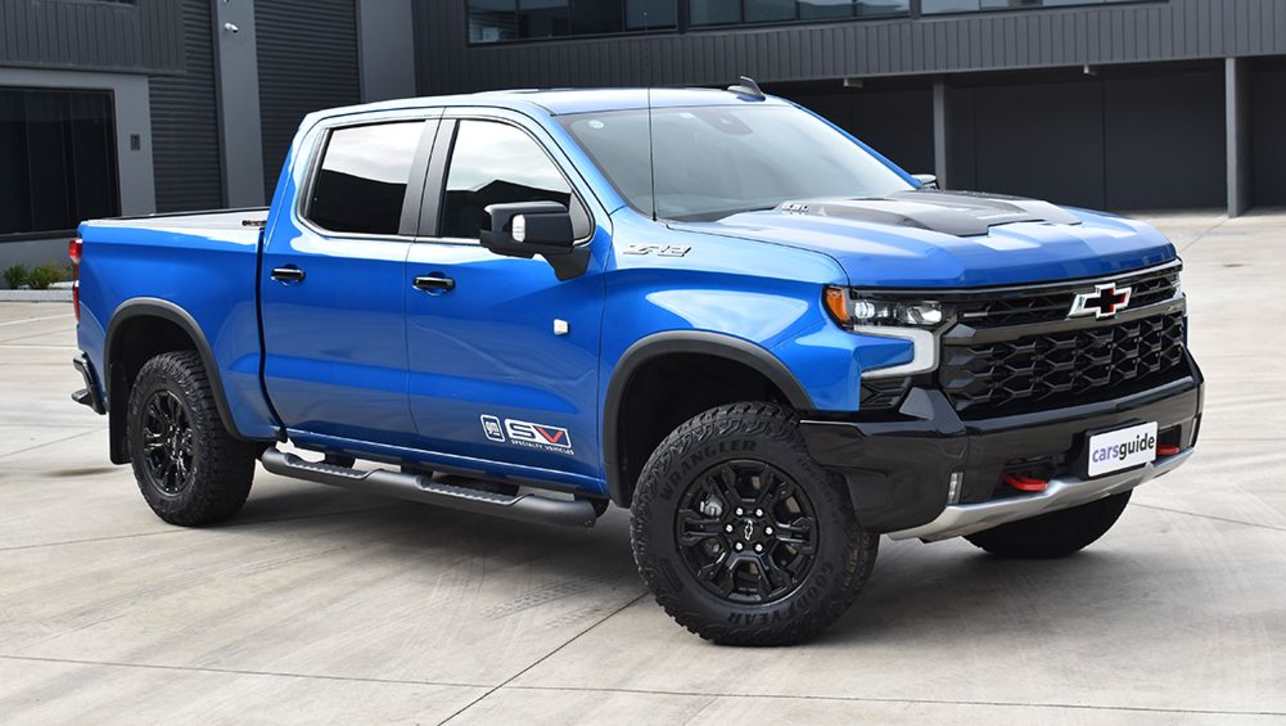
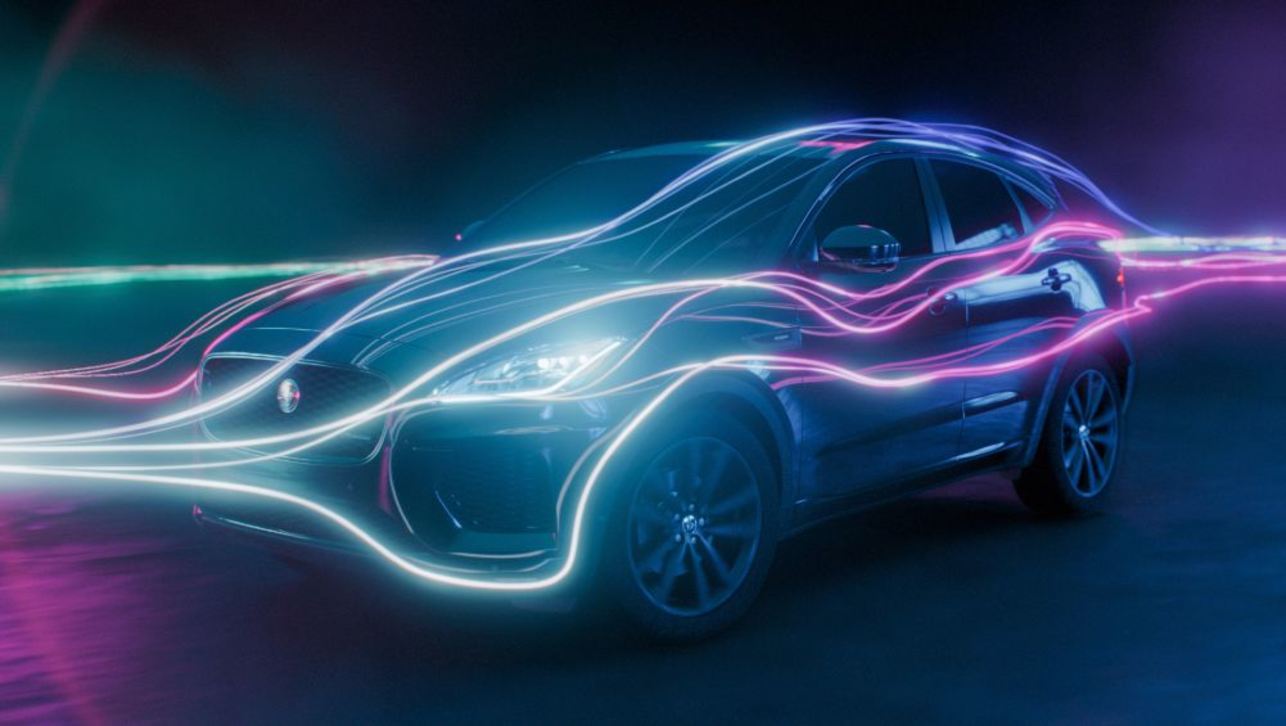
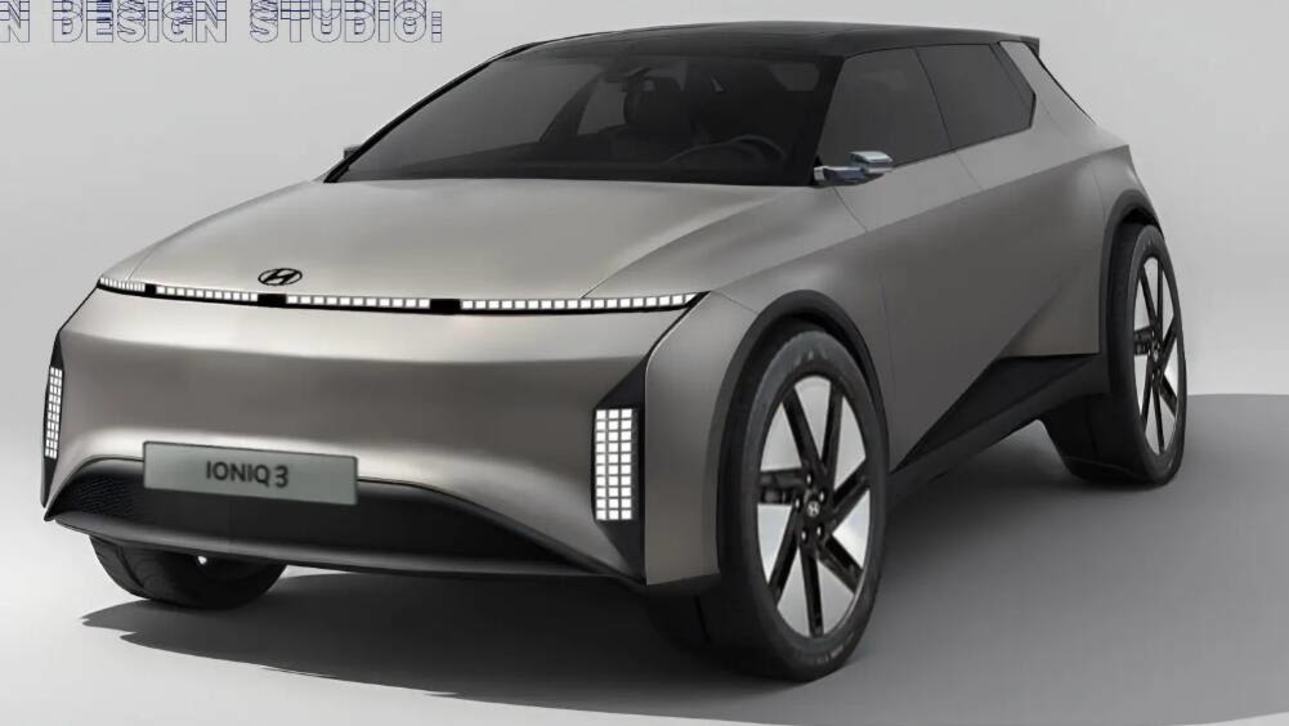
.jpg)
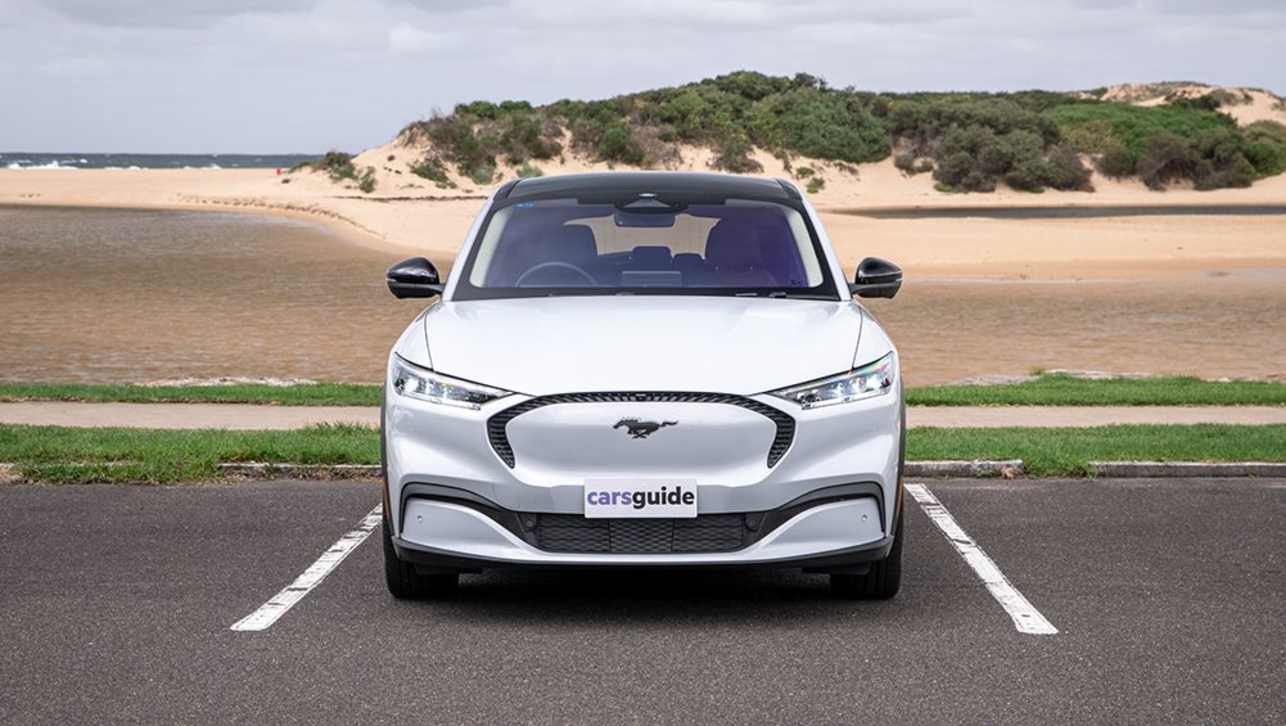










































.jpg)

.jpg)
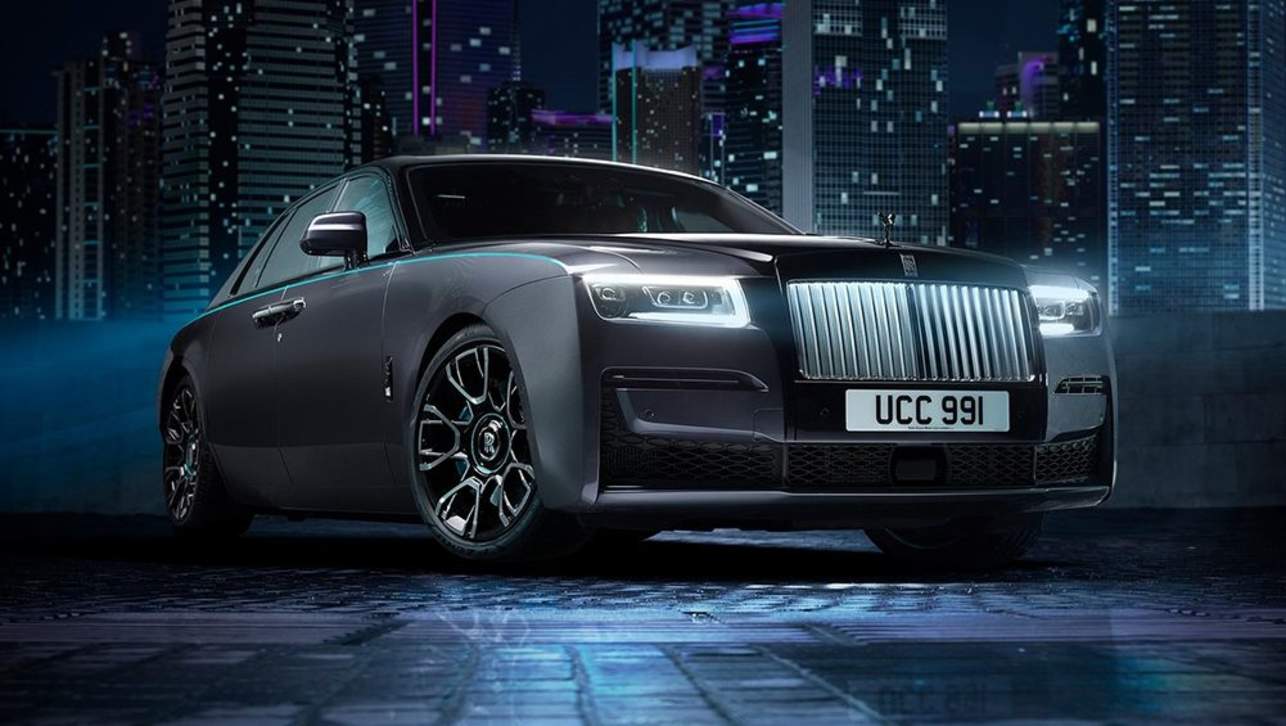




Comments